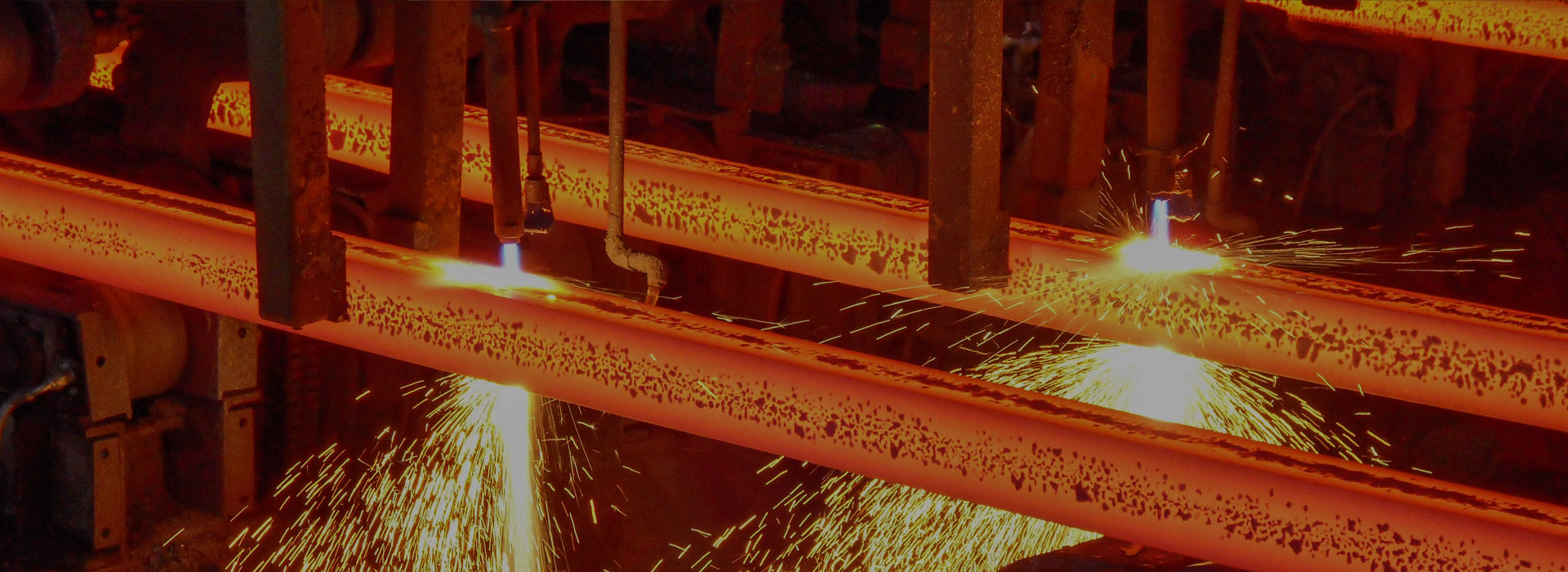Machiability of Cast Iron
2024-03-22
Introduction:
Cast iron is a widely used material in various industries due to its excellent mechanical properties, such as high strength, wear resistance, and thermal conductivity. However, the machinability of cast iron can vary depending on its composition and microstructure. In this article, we will explore the factors that affect the machinability of cast iron and discuss some techniques to improve it.
Factors Affecting Machinability:
1. Composition: The composition of cast iron plays a crucial role in its machinability. Different types of cast iron, such as gray iron, ductile iron, and malleable iron, have varying levels of carbon, silicon, and other alloying elements. These elements can affect the hardness, brittleness, and chip formation during machining.
2. Microstructure: The microstructure of cast iron, including the presence of graphite flakes or nodules, can significantly impact its machinability. Gray iron, for example, has a flake graphite structure that can cause poor machinability due to its abrasive nature. On the other hand, ductile iron with nodular graphite offers better machinability.
3. Hardness: Cast iron is known for its high hardness, which can make it challenging to machine. The hardness of cast iron depends on its composition and heat treatment. Higher hardness can lead to increased tool wear and reduced cutting speeds.
Improving Machinability:
1. Tool Selection: Choosing the right cutting tools is crucial for improving the machinability of cast iron. Tools with high wear resistance, such as carbide or ceramic inserts, are preferred. Additionally, using sharp tools and optimizing the cutting parameters can help reduce tool wear and improve surface finish.
2. Cutting Speed and Feed Rate: Adjusting the cutting speed and feed rate can have a significant impact on the machinability of cast iron. Higher cutting speeds can help reduce tool wear, while lower feed rates can improve surface finish. However, it is essential to find the right balance to avoid excessive heat generation and potential damage to the workpiece.
3. Coolant and Lubrication: Using an appropriate coolant or lubricant during machining can help dissipate heat and reduce friction, thereby improving the machinability of cast iron. This can also prevent the formation of built-up edge and improve chip evacuation.
The machinability of cast iron is influenced by various factors, including composition, microstructure, and hardness. By understanding these factors and implementing appropriate techniques, such as tool selection, cutting speed optimization, and coolant/lubrication usage, the machinability of cast iron can be improved. This, in turn, can enhance productivity and quality in industries that rely on cast iron components.




